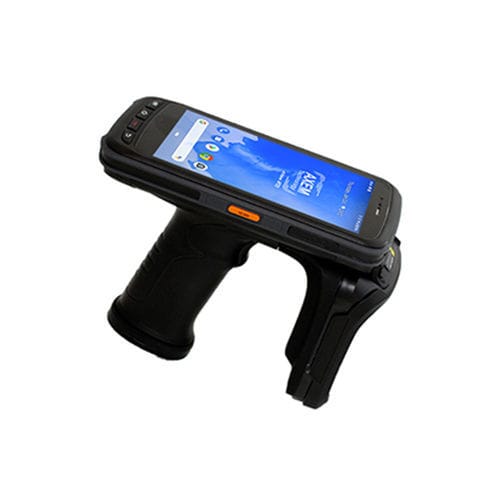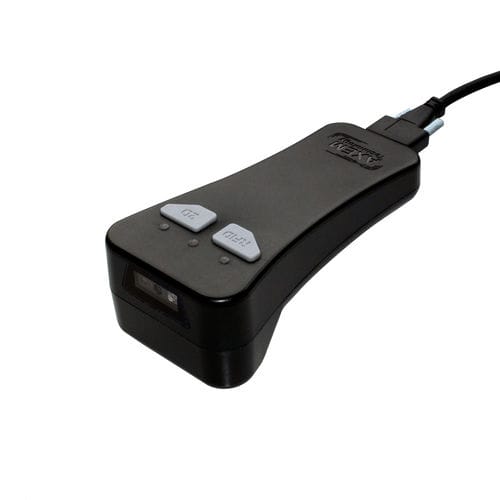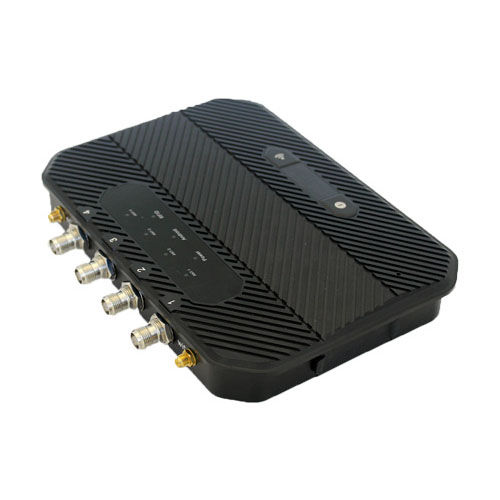
#Industry News
UHF tag vs NFC tag: what are the differences?
What to choose?
What is RFID?
RFID (Radio Frequency Identification) is an electronic identification technology allowing the exchange of data between a Reader and a chip. It allows the acquisition, sharing and exploitation of data for identification and traceability. There are several RFID frequencies: low frequency (LF), ultra high frequency (UHF) or Rain RFID and high frequency (HF). NFC (Near Field Communication) technology is a subset of HF RFID.
If the use of low frequency is in decline, the question "UHF tag or HF/NFC tag: what to choose?
What are the differences between UHF and NFC?
It is important to understand the specifics of UHF and NFC to make the right choice. (See picture)
How to read an NFC tag or a UHF tag?
An NFC tag has the advantage that it can be read with any smartphone of the latest generation. Today, most phones are equipped with this feature that can be easily activated and deactivated. Thus, NFC is easy to use. For a company already equipped with a fleet of mobile terminals or restricted to one model of device, NFC may seem the most suitable solution for material traceability.
Conversely, a UHF tag can only be read by a Reader or a UHF reading system. Several types of devices are offered by manufacturers: mobile terminals (PDA, tablets ...) or RFID readers (mobile or fixed) to connect to a smartphone or computer or fixed reading systems such as gates.
With UHF RFID it is possible to diversify the reading points of the products: at the factory entrance with a UHF RFID portal for example, then at the delivery to a customer with a mobile Reader .
How to choose the best technology for your use?
The specificity of UHF RFID lies in its reading performance: it is possible to identify hundreds of UHF tags at the same time in just a few seconds and up to 20 meters away.
On the other hand, reading an NFC tag is done almost on contact - about ten centimeters maximum.
Given the performance of UHF RFID, this technology is suitable for mass traceability: inventory in warehouses or stores, traceability of industrial tools ... Its performance also explains the gradual transition of industrial barcode to UHF: saving time and therefore productivity and reducing errors.
NFC is used for many in-store and everyday applications: micropayment, membership access, marketing, transportation, citizen services...
Far from being competitors, UHF and NFC technologies meet distinct needs. Both are gradually entering into use and have been experiencing significant growth for several years now...
Do you need more information? As an expert in RFID, we can help you choose the most suitable equipment for your application.
Contact us: https://www.axemtec.com/en/contact









